Years ago Zeke, my tele mentor, turned me on to the most effective sunblock on the planet. It not only prevents skin from burning in sensitive areas like your lips, it can also help with the healing if you were using an inferior sunscreen and didn’t reapply it often enough.
That’s the problem with most sunscreens. They do work, but require constant reapplication to be effective. When you’re climbing a mountain, reapplying sunscreen every half hour can be annoying at the least. The reality is, it is rarely done enough.
Labiosan
Without question, the best sun protection I have ever used is Labiosan. A lot of folks don’t like it for the way it looks and feels. It is an odd shade of pink that makes you feel like a clown, while tickling your lips as it numbs them.
Keep making backcountry turns

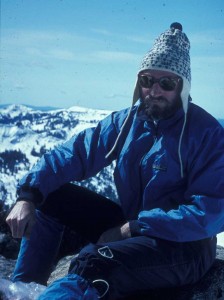
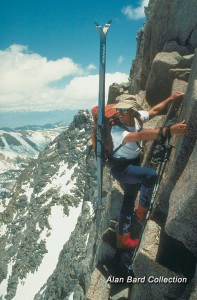
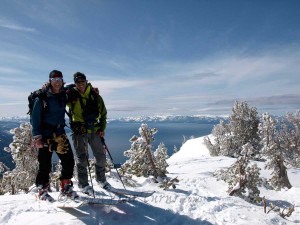
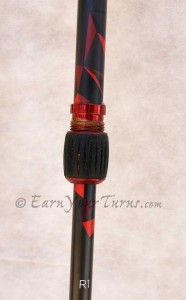
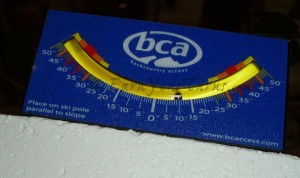
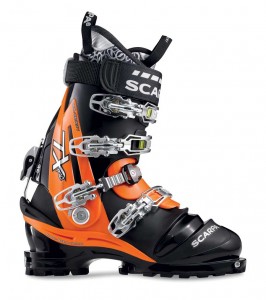
Recent Comments